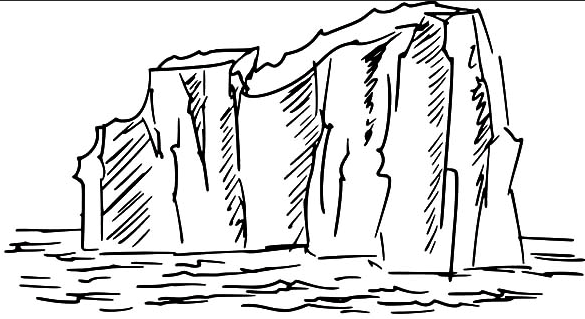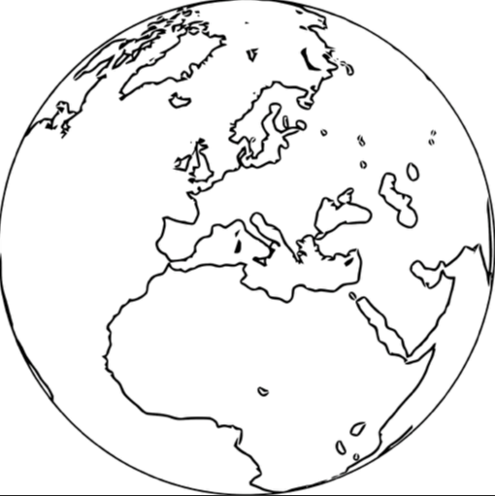Nowadays, with the involvement of technology and electricity, people are using a lot of risky resources like fossil fuels which cause global warming. Global warming’s effect is causing us out of water. Someone might be confused, how could global warming cause us out of water? Ha, that’s a good question. This has a connection with glaciers and icebergs…
Many people thought glaciers and icebergs don’t have any differences. But there’s technically some differences. Glaciers are large sheets of ice that can go on for kilometers. Large glaciers, although glaciers were always big, are referred to as continental glaciers, which start at a central point and spread out as they build more ice. Iceberg, on the other hand, are smaller pieces of ice that have broken off or calved from glaciers and drifted with the ocean currents.

Glaciers and icebergs represent two of the most important parts of Earth’s ecosystem. They make up 1.7% of the total water on the planet. That’s amazing, right? These ice formation of the Arctic and Antarctica also account for 68.7% of the world’s freshwater supply, which means that most of the drinkable water living organisms need to survive comes from glaciers and icebergs. This is the most effective evidence to show how important glaciers and icebergs are.
Glaciers all over the world have been melting for at least the last 50 years, and the rate of melting is speeding up. Many glaciers around the world have shrunk dramatically. Scientists think this is arisen from the human activities, especially the burning of fossil fuels which has increased the amount of carbon dioxide in the atmosphere leading to global warming. To decrease this effect, it will be better to replace fossil fuels by the source of sustainable and green energy.






